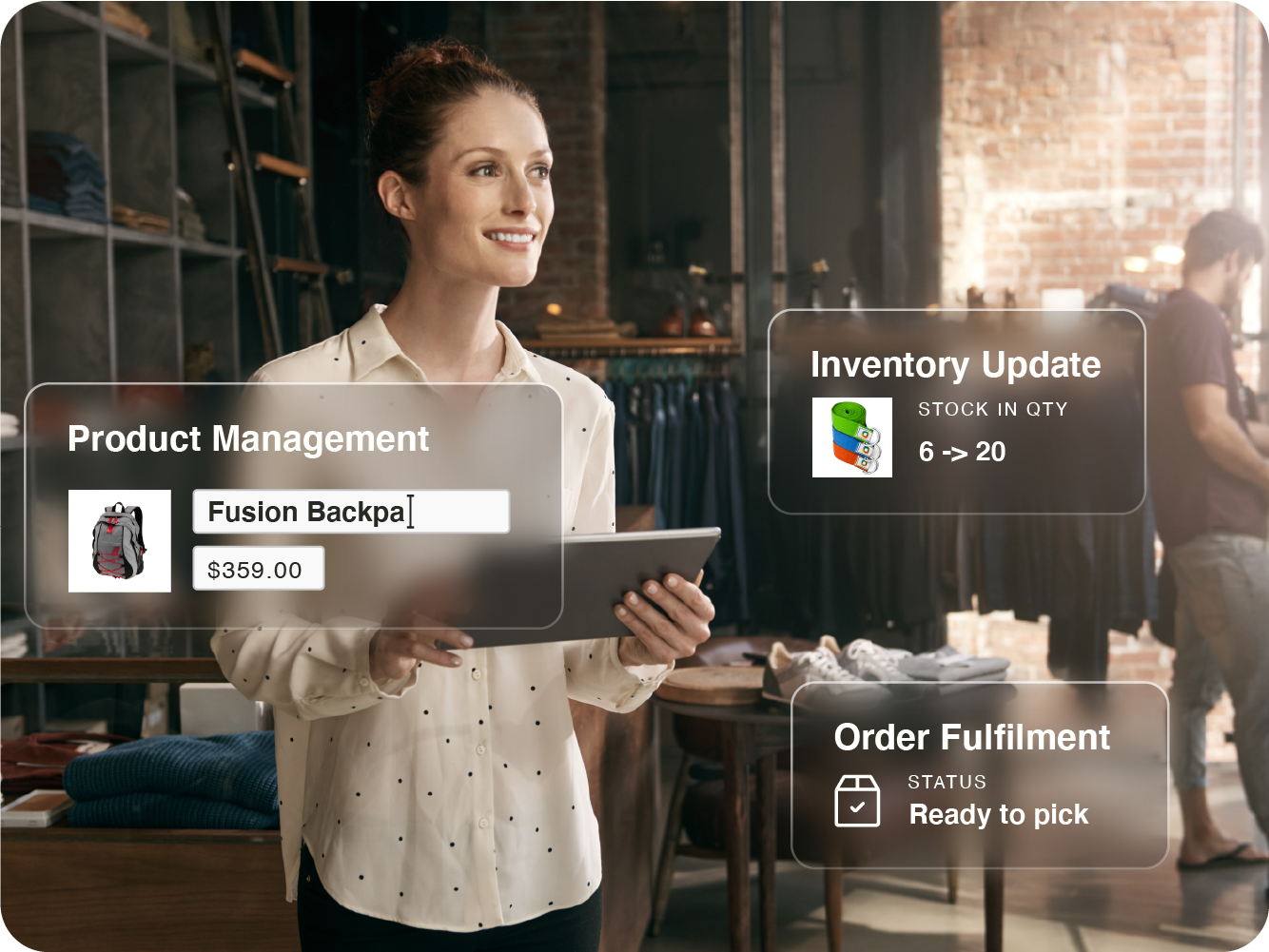Did you know that 70% of customers expect seamless order fulfillment, and failing to meet these expectations often leads to lost sales? In today’s fast-paced e-commerce environment, businesses must ensure that orders are processed quickly, accurately, and efficiently.
An Order Management System (OMS) is the backbone of modern retail operations, helping businesses manage orders from multiple sales channels, coordinate fulfillment, and deliver exceptional customer experiences. This post will explore what an OMS is, how it works, and why it’s critical for businesses of all sizes.
What is an Order Management System (OMS)?
An Order Management System (OMS) is a centralized software platform that manages the lifecycle of an order, from the moment a customer places it to its final delivery—and even returns. An OMS integrates seamlessly with e-commerce platforms, marketplaces, logistics partners, and warehouses to streamline operations and enhance the customer experience.
Key Components of an OMS
-
Order Processing: Validates, processes, and tracks orders from multiple channels.
-
Inventory Management: Synchronizes stock levels across warehouses and stores in real-time.
-
Fulfillment: Selects the optimal warehouse or store to ship from based on customer location and inventory availability.
-
Customer Updates: Automates notifications, including order confirmation, shipping details, and delivery status.
-
Returns Management: Simplifies handling refunds, exchanges, and restocking.
OMS Lifecycle
An OMS ensures every step in the order lifecycle is optimized:
Order Placed → Validated → Processed → Fulfilled → Delivered → Returned (if needed).
Why is an OMS Essential for Your Business?
1. Centralizes Multi-Channel Orders
An OMS consolidates orders from multiple platforms (e.g., Shopify, Amazon, eBay, brick-and-mortar stores) into a single dashboard, ensuring streamlined management and eliminating redundancies.
Example:
A merchant selling on Shopify, Amazon, and Instagram can view and manage all orders from one platform, reducing manual effort and errors.
Impact:
2. Ensures Real-Time Inventory Visibility
Managing inventory across multiple warehouses and channels is a complex task. An OMS provides real-time visibility into stock levels, preventing overstocking and stockouts.
Example:
If stock levels for a product are low in one warehouse, the OMS can redirect orders to another location to avoid delays.
Impact:
3. Automates Fulfillment Processes
From inventory allocation to selecting the best shipping provider, an OMS automates every step of the fulfillment process, ensuring accuracy and speed.
Example:
The system routes an order to the nearest fulfillment center based on the customer’s location and available stock.
Impact:
4. Enhances Customer Experience
Modern customers demand visibility into their orders. An OMS sends automated updates, including order confirmations, shipping notifications, and delivery timelines, ensuring transparency and trust.
Example:
A customer receives real-time updates on the status of their order, reducing inquiries to customer service.
Impact:
5. Enables Scalability
As businesses grow, managing a higher volume of orders becomes increasingly complex. An OMS is built to scale with your business, handling peak seasons and rapid expansions effortlessly.
Example:
During Black Friday or holiday sales, an OMS efficiently manages increased order volumes without additional manual workload.
Impact:
Choosing the Right OMS for Your Business
When selecting an OMS, consider the following:
-
Integration Capabilities: Ensure the OMS integrates with your e-commerce platform, CRM, ERP, and logistics partners.
-
Scalability: Choose a solution that can handle increasing order volumes and new sales channels.
-
Ease of Use: Opt for an intuitive platform that requires minimal training.
-
Customization: Look for an OMS that adapts to your unique business processes.
-
Reporting and Analytics: Prioritize systems that offer actionable insights into operations and customer behavior.
An Order Management System (OMS) is the backbone of efficient e-commerce operations. By automating workflows, providing real-time insights, and ensuring seamless customer experiences, an OMS empowers businesses to thrive in a competitive, omnichannel world.
Whether you’re managing orders across multiple platforms, scaling operations, or enhancing customer satisfaction, investing in the right OMS can transform your fulfillment process.
Ready to streamline your order management? Book a Demo with CLEARomni today and revolutionize your fulfillment operations!
Related Blog Posts
-
Why Your Business Needs an Order Management System (OMS)
Explore deeper benefits of OMS for businesses of all sizes.
-
Distributed Order Management: What It Is and Why It’s Important
Focus on how OMS optimizes order routing for fast and cost-effective fulfillment.
-
Role of OMS in the Endless Aisle
How OMS supports real-time inventory sharing across online and in-store channels.
-
Top Features to Look for in an Order Management System
Highlight must-have OMS features like real-time inventory tracking and returns management.
-
How OMS Supports Omnichannel Retail Success
Dive into how OMS bridges the gap between physical stores and digital channels.
